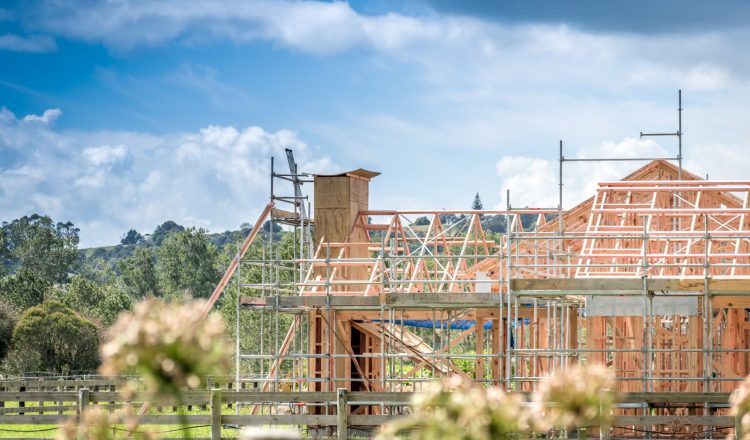学生住宿
在新西兰学习时,你需要有地方住。在学习期间,在住宿方面有四种主要选择。这些是居住大厅、私人寄宿、寄宿家庭或独立住宿。
选择要选择哪个选项时,您需要牢记预算。想想在餐、交通费、公用事业费等事项上花费多少钱,以及您可以在租赁债券上支出多少。您还需要距离校园和其他可能需要的设施保持距离。
居住大厅
公寓大厅通常距离校园或大学设施仅有很短的步行路程。他们通常是设施齐全的单人或双人房,设有共用餐厅、休息室和洗衣房。新西兰有许多机构为学生宿舍提供私人宿舍,这些学校以同样的方式经营,有些甚至有一些自助式公寓。居住在宿舍大厅的主要优势之一是,您将被其他学生包围,并且可以轻松结交朋友和建立新的联系。
寄宿
在寄宿家庭中,您将与家中的新西兰家庭住在一起。你通常会得到自己带家具的房间。他们将为您提供膳食,并帮助您安定在新西兰的生活。住在寄宿家庭的一个特别优势是,你会立即与家人保持联系,这可以帮助你发展自己的英语技能,让你对新西兰的文化和生活方式有一个好主意。
扁平
Flatting 是独立的住宿。公寓范围从一卧室公寓到四卧室或五卧室住宅。它们可以在城镇、校园附近甚至更远的地方使用,如果你想要更多的农村生活空间。大多数公寓都配备齐全的家具,包括洗碗机和洗衣机等东西,但有些选择没有家具。您可以自己获得公寓,也可以与认识的人或陌生人进行平分。学生通常会与其他学生获得固定份额,以便分割账单费用等。有些网站可以在这里与其他想要进行平面分享的学生见面。

















































